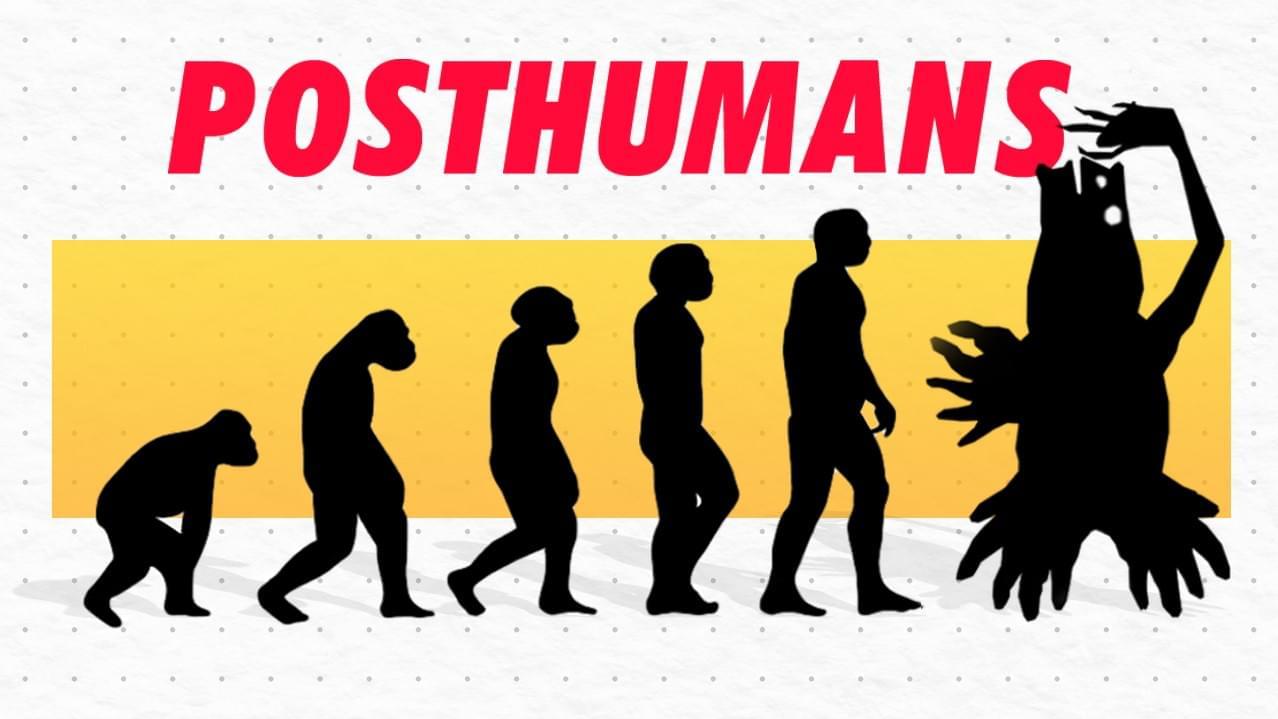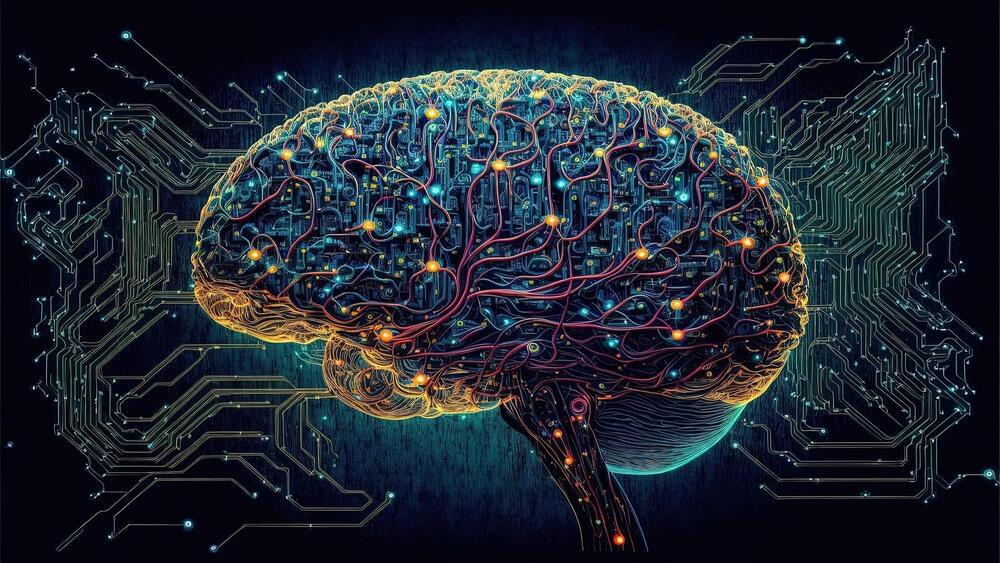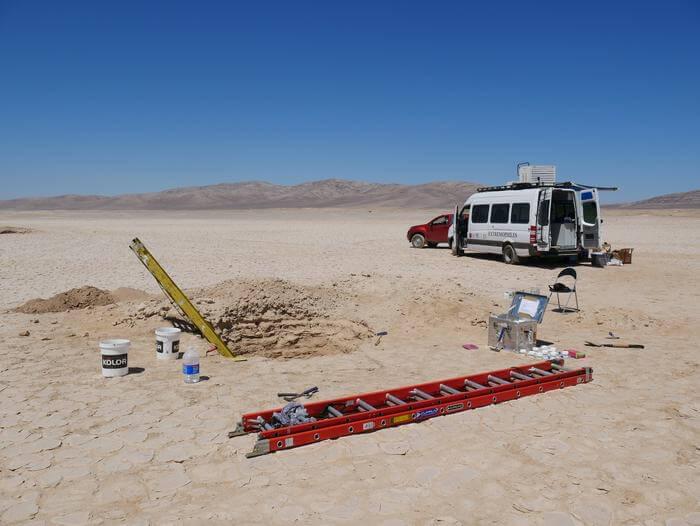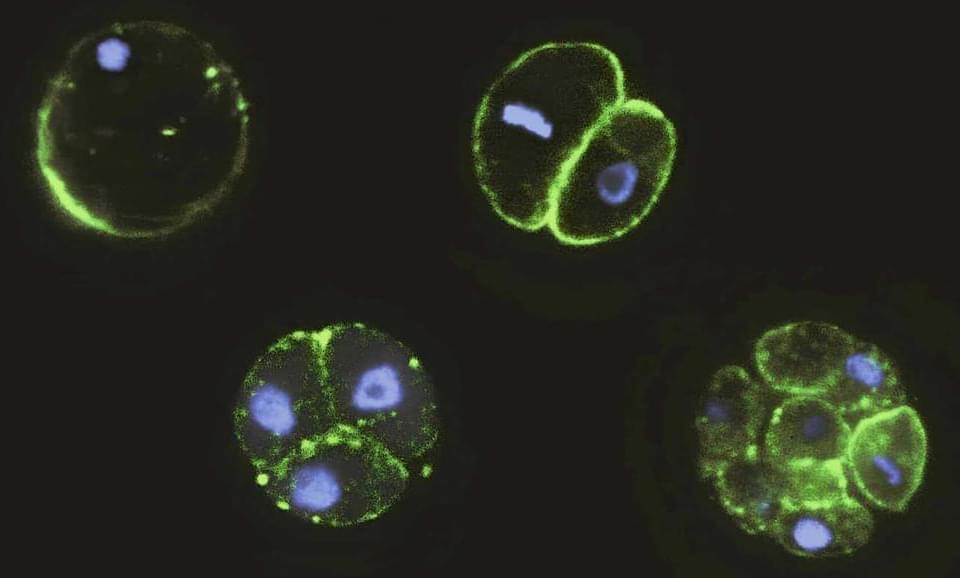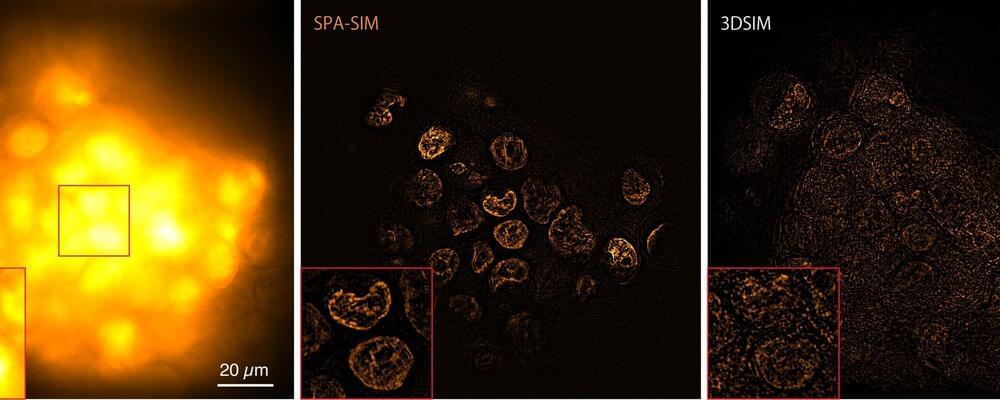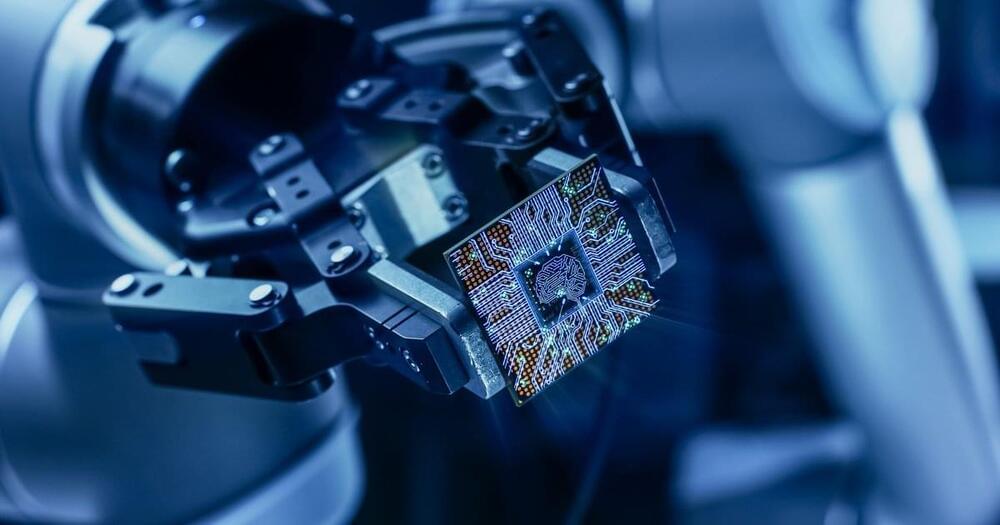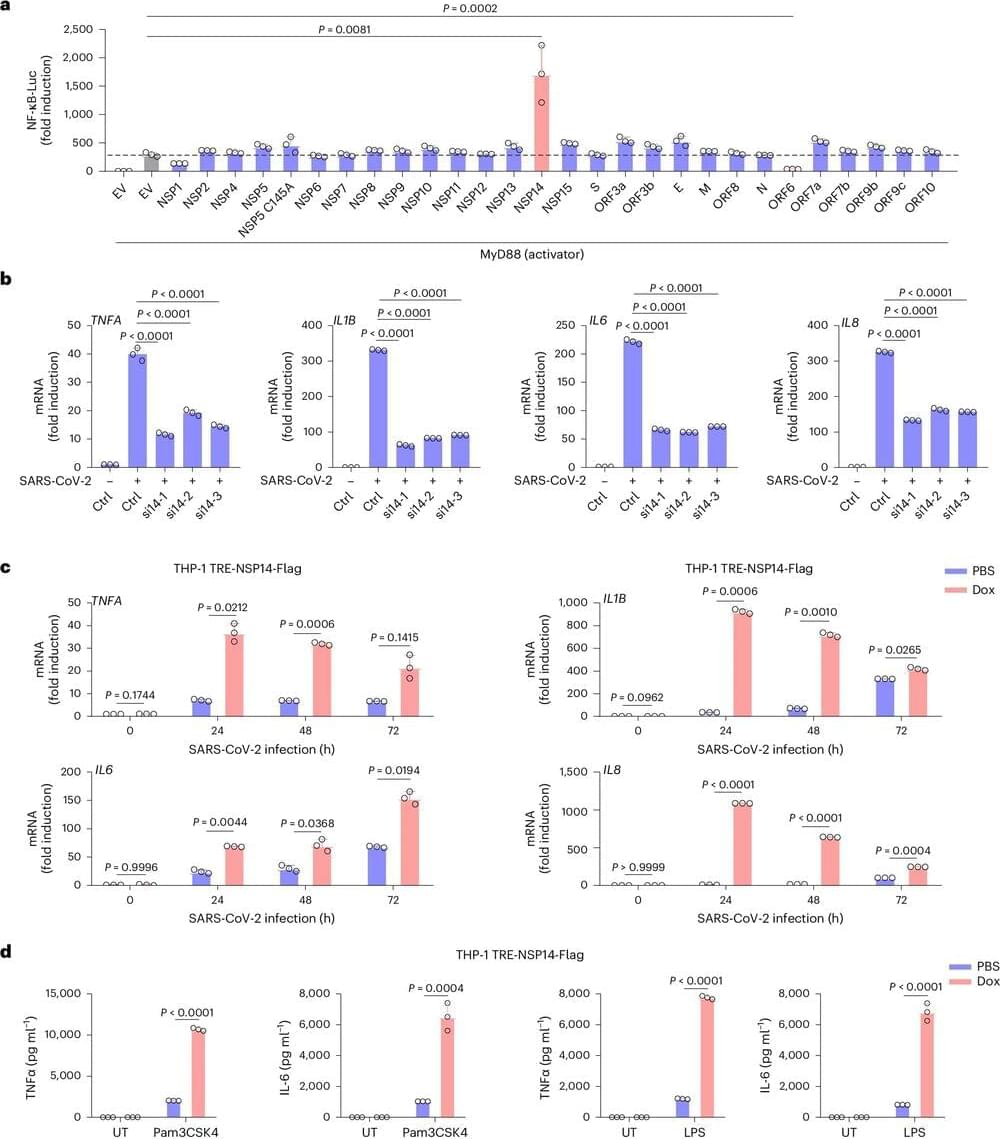Apr 28, 2024
The Future of Human Evolution?
Posted by Dan Breeden in categories: biological, education, evolution, existential risks
Humanity will change. Or be replaced. Or go extinct. An exploration of the many potential posthuman offspring of humankind, from the biological to the artificial.
–
C. M. Kosemen YouTube: / cmkosemen.
C. M. Kosemen Patreon: / cmkosemen.
C. M. Kosemen Website: http://www.cmkosemen.com/
What do you imagine when I say the future of human evolution?
